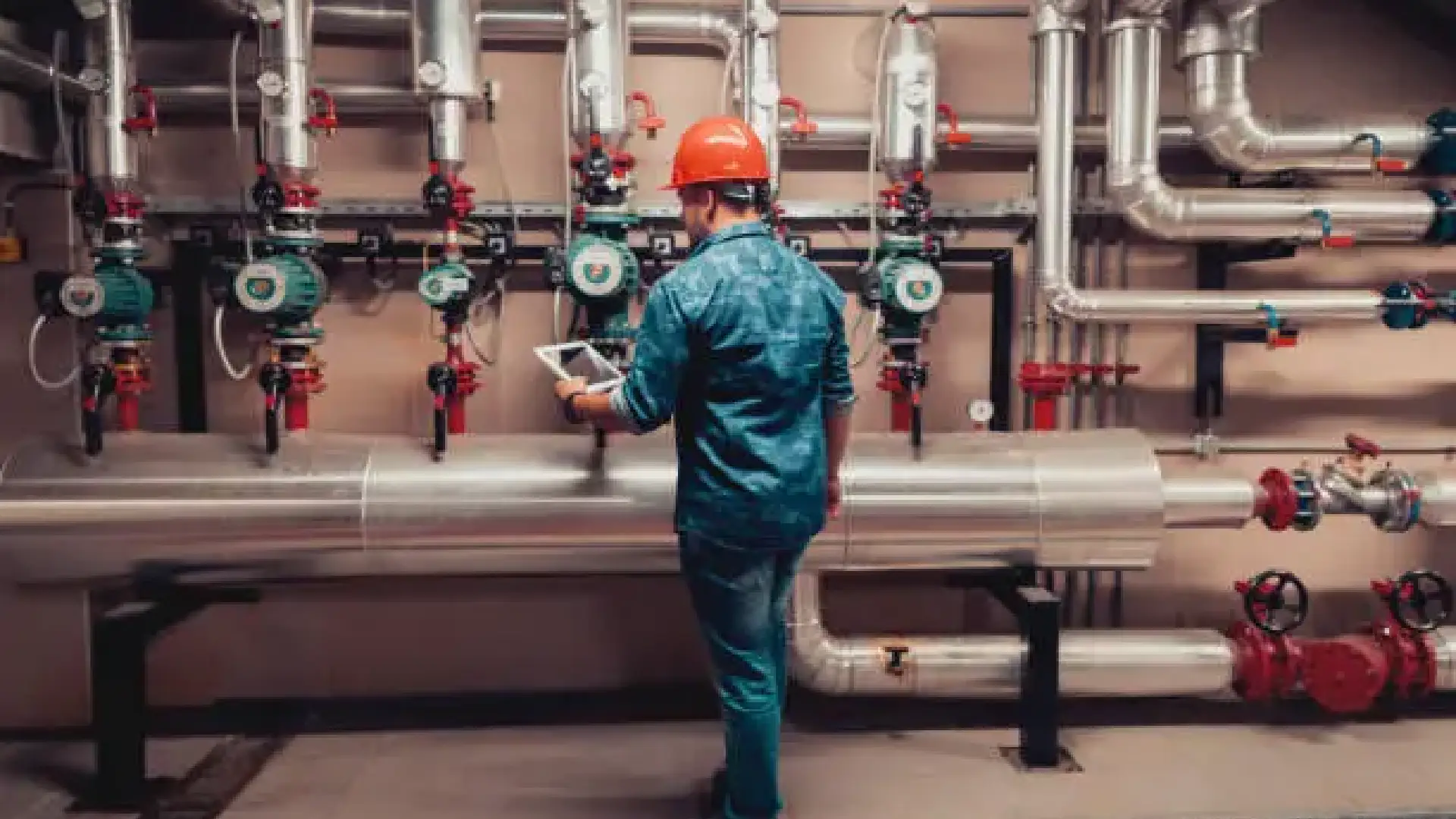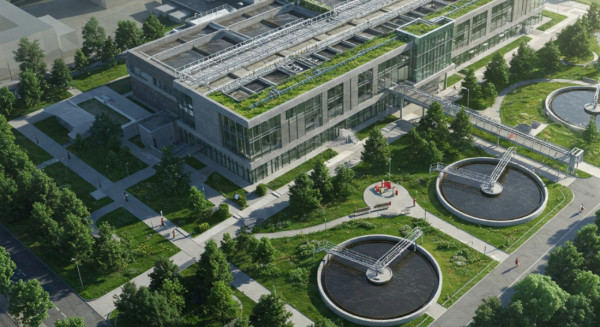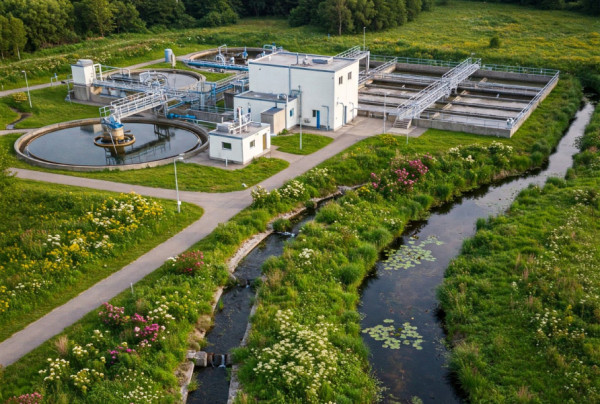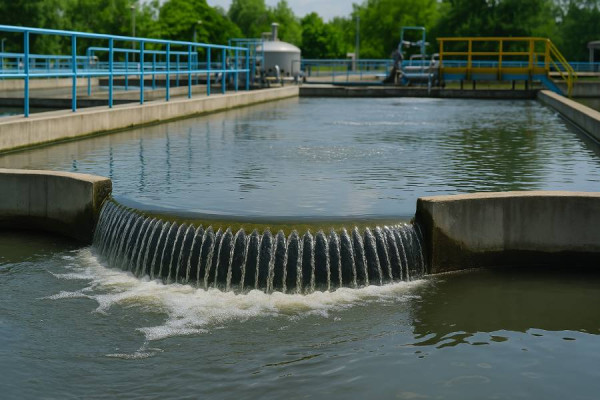News & Blogs
Water Supply Management in Nepal

Water Supply Management: Building Resilience Through Smart Solutions
Water is a fundamental resource, not just for survival but for the development of entire societies. Managing this precious resource efficiently has become one of the biggest challenges of our time, especially in regions like Nepal where the geographical diversity and growing population pose unique problems. Water supply management focuses on ensuring that communities receive a consistent, clean supply of water through efficient planning, infrastructure, and technology. This blog will delve into the significance of water supply management, particularly in the context of Nepal, and how the integration of civil tech is shaping a sustainable future.
What is Water Supply Management?
Water supply management refers to the process of sourcing, treating, distributing, and monitoring water to meet the needs of both urban and rural populations. In Nepal, where the landscape varies from the snow-capped mountains of the Himalayas to the flatlands of the Terai, ensuring that water reaches every corner of the country is a major challenge. The goal of water supply management is to ensure that the water delivered is both adequate in quantity and safe for consumption, while minimizing wastage and environmental impact.
Why is Water Supply Management Important in Nepal?
Nepal faces a complex set of challenges when it comes to water supply:
-
Geographical Challenges: Nepal’s mountainous terrain can make it difficult to build and maintain water infrastructure. Many rural communities still rely on natural water sources like springs and rivers, which are not always reliable or clean.
-
Urbanization: Cities like Kathmandu are growing rapidly, increasing the pressure on existing water supply systems. Over-extraction of groundwater and inefficient distribution networks often lead to shortages, especially during dry seasons.
-
Climate Change: Nepal’s water supply is heavily dependent on monsoons and glacial melt. However, climate change is making these water sources increasingly unpredictable, with some regions facing floods and others droughts.
-
Contamination: In both rural and urban areas, water contamination is a serious issue. Unregulated industrial discharge, agricultural runoff, and poor sanitation practices often pollute water sources, leading to public health risks.
Components of Effective Water Supply Management
To ensure that everyone has access to clean and reliable water, water supply management must focus on several key areas:
-
Water Sourcing: Identifying sustainable water sources is crucial. In Nepal, this includes using surface water from rivers and lakes, groundwater from aquifers, and rainwater harvesting systems. However, the sustainability of these sources depends on managing them properly, avoiding over-extraction, and maintaining water quality.
-
Water Treatment: Ensuring water quality requires robust treatment systems that can remove contaminants like bacteria, viruses, and harmful chemicals. In Nepal, this is particularly important in areas where untreated water is commonly used for drinking, leading to waterborne diseases.
-
Distribution Network: A well-maintained distribution network ensures that water reaches users without excessive losses. In Nepal’s case, aging pipelines, leaks, and illegal connections are common issues that water supply managers must address.
-
Water Conservation: Conserving water through public awareness campaigns and encouraging responsible usage can alleviate pressure on water systems. This is particularly important in urban areas like Kathmandu, where demand often exceeds supply.
-
Wastewater Management: Efficiently managing wastewater is a vital part of the water supply system. Ensuring that used water is properly treated before it is released back into the environment prevents contamination of water sources.
The Role of Civil Tech in Modern Water Supply Management
Civil tech is transforming water supply management by introducing smart, data-driven solutions that optimize efficiency and sustainability. Nepal is gradually adopting these technologies to overcome its water challenges.
-
Smart Water Monitoring Systems: Smart meters and sensors are now being used to monitor water quality and quantity in real time. These systems allow water managers to track consumption, detect leaks, and respond to issues quickly. In Nepal, such systems are particularly useful in urban areas to manage water shortages and distribution.
-
GIS and Remote Sensing: Geographic Information Systems (GIS) and remote sensing technologies are being used to map water resources, infrastructure, and areas prone to shortages. In a country like Nepal, with its diverse topography, these tools are invaluable for planning and implementing effective water supply systems.
-
Sustainable Water Infrastructure: Civil tech promotes the construction of sustainable infrastructure, such as rainwater harvesting systems, solar-powered water pumps, and low-energy treatment plants. In Nepal, where many communities are off the grid, these solutions provide a reliable and eco-friendly alternative to traditional water systems.
-
Data-Driven Decision Making: The use of data analytics in civil tech allows water supply managers to predict water demand, plan for population growth, and optimize resource allocation. In a rapidly urbanizing country like Nepal, data-driven decisions can help mitigate the effects of water shortages and ensure a more equitable distribution of resources.
Challenges in Water Supply Management in Nepal
Despite advancements in civil tech, water supply management in Nepal still faces numerous challenges:
-
Aging Infrastructure: Many parts of Nepal rely on old and outdated water supply systems, particularly in urban areas. These systems are often prone to leaks and breakages, leading to significant water loss.
-
Financial Constraints: Implementing modern water supply systems and adopting civil tech requires substantial financial investment. For a developing country like Nepal, finding the funds to upgrade infrastructure can be a major hurdle.
-
Policy and Governance: Ensuring that water is managed effectively requires strong governance and clear policies. In Nepal, coordination between different levels of government and stakeholders can be challenging, leading to gaps in water management.
-
Public Awareness: Many people in Nepal are still unaware of the importance of conserving water or treating it before consumption. Public education campaigns are needed to change these behaviors and promote sustainable water usage.
The Path Forward: Solutions and Strategies
Nepal’s future water security depends on implementing solutions that balance technological innovation with practical, community-driven approaches. Some potential strategies include:
-
Decentralized Water Systems: In rural areas, decentralized water systems like community-managed water supply projects can ensure that local needs are met more effectively. Nepal has a strong tradition of community involvement in water management, which can be leveraged for decentralized solutions.
-
Rainwater Harvesting: This simple, cost-effective method can be a reliable water source in both rural and urban areas, especially during the monsoon season. In Kathmandu, where water shortages are frequent, rainwater harvesting could provide a supplemental water source.
-
Public-Private Partnerships (PPPs): Partnerships between the government and private sector can provide the funding and expertise needed to implement large-scale water supply projects. PPPs can also bring innovative solutions from civil tech companies into the water management sector.
-
Education and Training: Training water supply managers and educating the public about the importance of water conservation can have a long-term impact on Nepal’s water security. Schools, community centers, and media campaigns can be used to spread awareness about sustainable water practices.
Water supply management is a critical issue for Nepal’s development, particularly as the country faces increasing pressure from urbanization, climate change, and population growth. With the help of civil tech, Nepal has the opportunity to modernize its water supply systems, making them more efficient, sustainable, and resilient. By investing in smart water management solutions and encouraging public participation, Nepal can ensure a future where clean, reliable water is available for all.
For a country as diverse as Nepal, building resilience in water supply management is not just about adopting new technologies but also about fostering collaboration between engineers, local communities, and policymakers. Together, we can build a system that stands the test of time.



